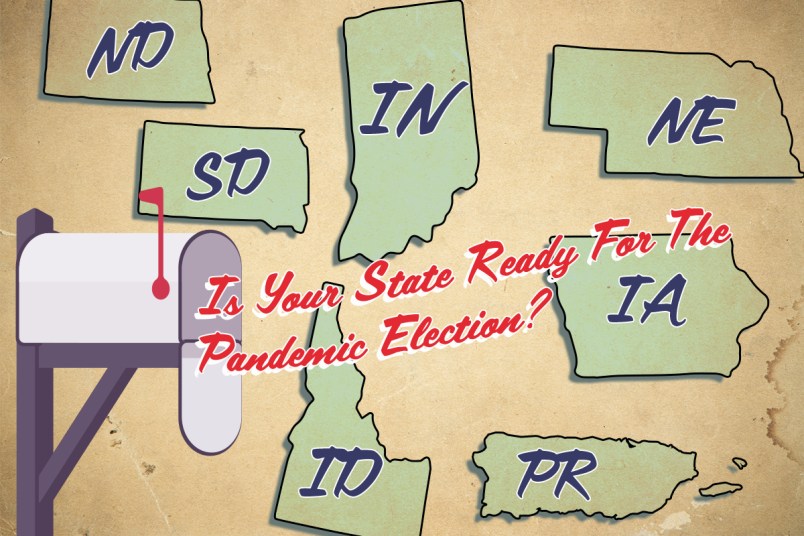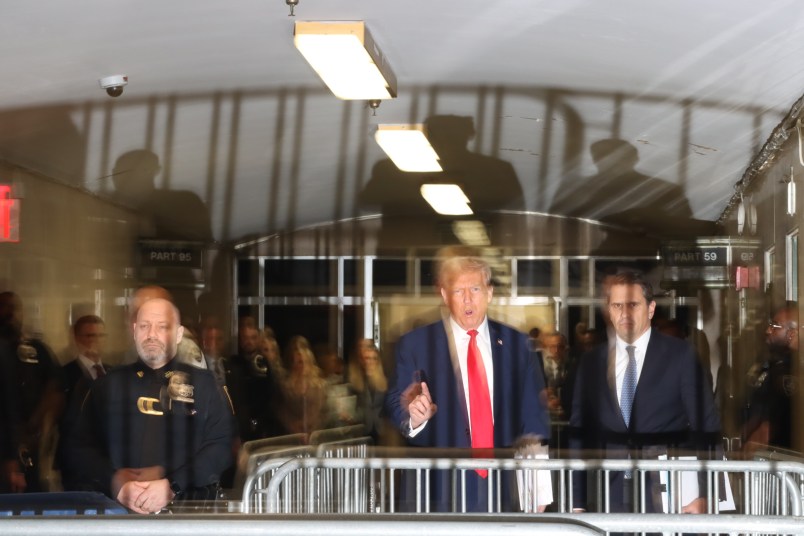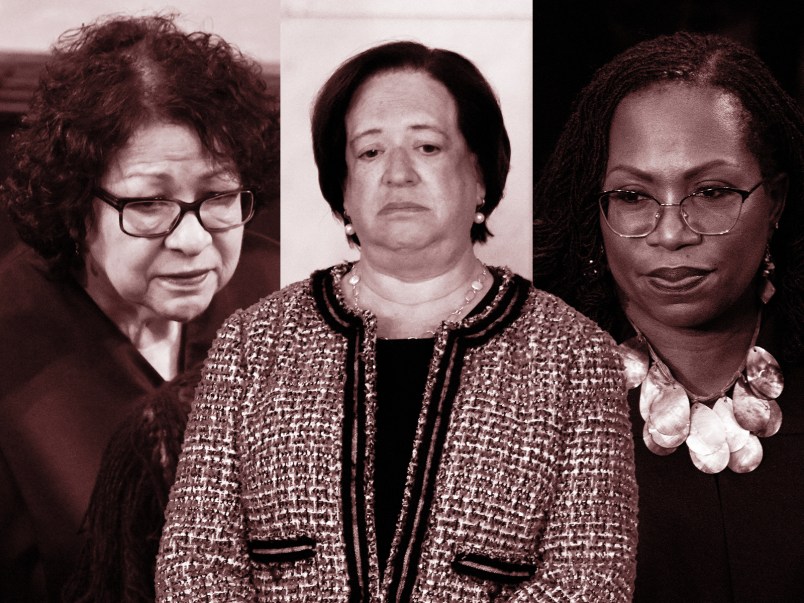The election is a scant three weeks away, and a new surge in COVID-19 cases is upon us. We continue our state-by-state look at how election officials are trying to keep voting safe in the pandemic.
On tap for this week are: Idaho, Indiana, Nebraska, North Dakota, South Dakota, and Puerto Rico.
Where have election officials worked out the kinks of their summer primaries? And where has the chaos already begun to infect the general?
Here’s this week’s installment of our survey, and check out the other states we’ve examined.
Idaho
Idaho held a historic all-mail primary this May, which produced the highest turnout in 40 years. All told, 335,037 residents voted — an enormous strain on Idaho’s vote-by-mail infrastructure, given that the 2018 general election only saw 161,830 mail-in ballots cast.
Accordingly, there were some significant glitches. Ada County, the state’s most populous, had to reissue 7,000 ballots due to errors such as including a candidate who’d withdrawn, or sending thousands of nonpartisan ballots when voters had requested Democratic ones. There were also delays in processing the massive influx of ballots, as elections offices were severely understaffed. The Ada County elections clerk attributed the problems to extremely late notice from the Secretary of State’s office about the switch to the all-mail election (just two days before federal law required the first ballots to be sent) and the introduction of an online ballot request system, which brought in a tsunami of requests.
For the general election, there will be some in-person voting options, along with the vote-by-mail route. The state has also installed drop boxes, and beefed up its elections staff.
Republicans are likely to retain their domination in the state. Their incumbents have comfortable chances of holding on to their U.S. Senate and House seats, and Republicans have a supermajority in both chambers of the legislature. Democrats are seeing some rays of hope in the state though: it’s grown in population with new arrivals by 2.1 percent since 2019, and the enormous turnout for this year’s Democratic primary suggests significant enthusiasm among liberals.
Indiana
After taking some steps to make voting safer in the primary, Indiana officials have resisted similar measures in the general — even as the state is experiencing a major uptick in COVID-19.
Voter advocates have had to go to court to open up absentee voting — but their success has been mixed. Most recently, the U.S. Court of Appeals for the 7th Circuit reversed a judge’s decision to extend the receipt deadline for mail-in ballots. A quirk in Indiana law requires those ballots to make it to election officials by noon on Election Day, even though in-person voting sites remain open for several more hours. When Common Cause Indiana, a voting rights group, looked at the numbers in just two Indiana counties from the June primary, more than 2,000 ballots were tossed because they missed the noon Election Day deadline.
“Because we expect a much larger volume of mail-in voting in the general election, the potential is tens of thousands of people having their ballot rejected because it does not arrive in the county election office by noon,” Julie Vaughn, the policy director for Common Cause Indiana, told TPM.
Her group also secured a ruling that’s been allowed to stand ordering that election officials give absentee voters the opportunity to fix deficiencies on their ballots. But perhaps the biggest issue of all is that the state is refusing to let COVID-19 alone count as an excuse to vote absentee in the general, even though officials granted that waiver in the primary.
“It’s hard to tell that we’re voting during a pandemic here in Indiana, because we are not really making accommodations for voters,” Vaughn said.
Early in-person voting has featured record turnout and long lines at voting sites all over the state.
Among the most closely watched races is the contest for state Attorney General, where Democrats are hoping to break up the domination the GOP has over the statewide government. Democrats are also aiming to end the Republican supermajority in the state House, which allows GOP lawmakers to easily sidestep Democratic procedural tactics that could slow down their agenda. Republican Gov. Eric Holcomb appears likely, but not guaranteed, to win re-election.
Nebraska
As in plenty of states around the country, Nebraska broke records in the middle of a pandemic this summer: An unprecedented surge of mail-in voting for the state’s May primary elections made up the bulk of a historic turnout. Around 471,000 people voted in those elections, smashing the previous 1972 primary record of 413,000. Around 80% of those votes were cast on mail-in ballots, the Lincoln Journal-Star noted.
In Douglas County, the state’s most populous, Election Commissioner Brian Kruse recorded a 35% turnout among registered voters, beating the previous record of 27% in 2006 despite this year’s pandemic, the Omaha World-Herald reported. The vast majority of votes, 85% of the county’s total, came in early ballots, either mailed or dropped off at elections offices.
One poll inspector described primary day to the World-Herald as “smooth as silk”: People wore masks as requested, thousands of poll workers (including a few dozen Nebraska National Guard volunteers) allowed polling sites to stay open and, crucially, early voting and the heavy vote-by-mail number alleviated pressure on in-person polling places. (It likely helped that all voters received applications to vote by mail, and that an online tool let them confirm that their ballots had reached elections officials.)
Drop boxes played a large role as well: Though present in past elections, the receptacles’ footprint is significant this year. In addition to ballots themselves, voters can put their voter registration forms and ballot requests in drop boxes if they want to skip the mail. In Lincoln, all eight of the city’s public libraries now host drop boxes. And unlike in the past, voters in every county can utilize 24/7 drop boxes outside their local elections office.
Still, there are pitfalls, including a potential time crunch: The deadline to request a mail-in ballot is Oct. 23, but ballots are due on Nov. 3 and will not be accepted later, even if they’re postmarked on-time. And the Nebraska ACLU sprang into action last month after learning that the state had incorrectly told some former felons that they weren’t eligible to vote.
The Cornhusker State offers some legitimate presidential intrigue this year: Nebraska and Maine are the only states that award electors by congressional district, and according to recent polling, Joe Biden could easily pick off one Electoral College vote if he flips NE-2, the congressional district covering Omaha. (Trump won the district’s elector by two points in 2016.)
Sen. Ben Sasse (R-NE) seems on course for reelection, but some intense criticism of the President this week implies things may be closer than we know. Among the state’s ballot measures: A proposed cap on payday loan interest rates, and a bid to remove language from the state’s constitution allowing for slavery as a criminal punishment.
North Dakota
North Dakota is unique in that it does not require voter registration; it implements instead a voter ID law for anyone who shows up at the polls.
The lack of traditional voter rolls meant that the state had to get creative when it sought to transform its April primary into an all-mail election. Some 75 percent of those who voted by mail in the primary signed up to receive mail ballots in the general, according to the state chapter of the League of Women Voters, and anyone else who wants to can download and submit an absentee ballot application.
Election officials do make an attempt to contact voters if discrepancies arise on their absentee ballots. Because the election officials cannot begin opening and processing the ballots until the day before the election, it’s expected that the results will take at least one or two days after Nov. 3 to report.
As for in-person voting, early voting is an option, but how it’s offered varies county to county.
But spotty internet and mail service in some parts of the state, combined with a complicated process for applying to vote absentee, have some advocates worried about voter access in the pandemic, even if the state doesn’t have the kind of races that attract national attention.
“We’re a deep red state and nobody’s really worried that we’re not going to be a deep red state, no matter what happens, so there isn’t too much sound and fury,” Carol Sawicki, the treasurer of North Dakota’s League of Women Voters, told TPM.
Of particular concern are the barriers to the ballot the state’s Native American community faces — barriers that have been exacerbated by the pandemic. Postal service is very unpredictable in tribal areas — a reality North Dakota Republicans were accused of weaponizing a few years ago when they added a requirement to the state voter ID law that those IDs have a residential address associated with them. (Because tribal residents often lack a formal street address, many used P.O. boxes instead. Lawsuits challenging the residential address requirement were settled this year with an agreement creating a state program to assign to Native American households the formal addresses required by the law.)
If Native American voters cannot depend on the mail to deliver their ballots, they might be stuck traveling several miles instead to a drop-off location.
The group North Dakota Native Vote tried to get an advisory opinion from state officials on whether a proposed program to collect and submit ballots in tribal communities would be lawful. The state was dodgy in its response to the request, so the group is not moving forward with the program out of fear the ballots would be ultimately rejected.
The group has also had to limit its tradition of in-person activities to encourage voting and facilitate ballot access in tribal lands due to the pandemic, director Nicole Donaghy told TPM.
South Dakota
South Dakota has taken a partial approach towards adapting its voting procedures for the COVID-19 pandemic, and some hiccups are expected for this year’s election in the sparsely populated state. In theory, the state is prepared: it sent out absentee ballot applications to all South Dakotans. But in practice, voters have no way to cure defects, so ballots can remain rejected en masse, as seen in the state’s primary. Though South Dakota has relatively low stakes in the national race, with its presidential electoral votes and Senate seat likely to go for the GOP, the state’s Republicans have publicly bucked the President’s fear-mongering around vote-by-mail. Officials did successfully run the state’s primary elections after the start of the COVID-19 pandemic, but not without a significant number of absentee ballots being rejected.
The state’s big COVID-related reform has been to send virtually every voter an absentee ballot application. In the primary elections in the spring, that was partly a success: votes were counted in a timely manner. But they didn’t go without a hitch. The state’s primary saw 1,200 absentee ballots go uncounted due to supposed defects in the ballots, though state auditors — who oversee elections and count votes in South Dakota — don’t tell voters whether ballots are defective. But the amount of absentee ballots cast in the general election is expected to be huge for the state: Secretary of State Steve Barnett said on Tuesday that more than 100,000 South Dakotans’ votes have been received by local auditors — more than the total number of absentee ballots cast in the 2016 election.
Auditors will be able to take preliminary steps to process absentee ballots before Election Day itself, but will only count the votes come Nov. 3. South Dakota hasn’t extended its registration periods for the election, nor does it offer online registration or online tools to request a ballot. Rather, voters have to fill out a form to do so, though all South Dakotans can vote absentee without having to provide any sort of excuse. Barnett has said that the state will need poll workers come Election Day to count the ballots, so the coming surge of absentee votes could result in some delay for the results.
Puerto Rico
Puerto Rico’s primary elections this August were the most dysfunctional in the U.S.: As the morning hours ticked by, stacks of ballots sat undelivered miles away from polling places, where voters in some cases waited fruitlessly all day. Eventually, the territory’s Supreme Court stepped in, ruling that there would be a second round of voting the following weekend in affected areas.
“It is the most baffling, embarrassing thing that Puerto Ricans have ever seen happen,” said CBS News’ correspondent on the island, David Begnaud. “It literally was a devastating day for democracy on the island.”
With a new elections commissioner in place and and at least some COVID-19 flexibility won in a lawsuit — voters over 60 can vote early or by mail as of September — the territory is seeking to avoid a similar catastrophe this time around.
The mess was, in a sense, indicative of Puerto Rico’s politics in recent years. The now-resigned elections commissioner, Juan Ernesto Dávila, was appointed to that role by the now-resigned Gov. Ricardo Rosselló of the pro-statehood Partido Nuevo Progresista (PNP), who left office after explosive leaked chats prompted a massive popular protest movement — RickyLeaks. The unelected governor who took over after Rosselló, PNP’s Wanda Vázquez, was subsequently defeated in the rescheduled primary election.
Given all that happened afterward, it’s quaint to think that in May, Vázquez was behind the newsiest question on this year’s ballot — another statehood referendum. Unlike past referendums, this one is a straight “yes or no” vote, and there won’t be other options listed on the ballot. That’s led critics to dismiss the plebiscite as cynical electorialism, an effort to juice PNP candidates’ numbers without providing any actionable mandate for the broader statehood movement.
Interestingly, the main opposition party (the Partido Popular Democrático, PPD) has not called for a boycott of the vote, as it did for the last referendum in 2017. The vote may backfire given voters’ frustration with the PNP, said Pedro Cabán, professor of Latin American, Caribbean and U.S. Latino studies at SUNY Albany.
“If turnout is low, and less than 50% of registered voters support statehood, that’s not a particularly compelling argument for the party,” he said.
In addition to the referendum and the governorship, Puerto Ricans this year will decide on the potential reelection of Puerto Rico’s “resident commissioner” — the island’s non-voting congressional delegate — Jenniffer González-Colón. (No matter what Donald Trump and Mike Pence think, Puerto Ricans still can’t vote for president.)













